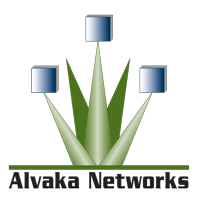Preventing Ransomware Spread Through Network Segmentation
Ransomware remains one of the most disruptive and costly cyber threats facing businesses today. This malicious software encrypts files or locks systems until a ransom is paid, often causing prolonged downtime, financial losses, and reputational harm. While no single solution [...]
How to Integrate Ransomware Defense into DevSecOps
The Rising Need for Ransomware Defense in DevSecOps As software development cycles accelerate, security must evolve just as quickly. Ransomware—a form of malicious software that encrypts files and demands payment for their release—has become one of the most disruptive cyber [...]
How to Secure Endpoints in a BYOD Environment
Why BYOD Security Matters In today’s fast-moving business world, Bring Your Own Device (BYOD) policies are no longer just a trend—they’re the norm. Allowing employees to use personal laptops, smartphones, and tablets for work can boost productivity, improve responsiveness, and [...]
Understanding the Security Benefits of SD-WAN
Why SD-WAN Matters More Than Ever In today’s rapidly evolving digital environment, enterprises require network infrastructures that can keep up with the pace of change. Traditional WAN architectures—while dependable in the past—are increasingly challenged by the demands of cloud applications, [...]
What is XDR and How It Improves Threat Detection
Understanding the Evolution of Cybersecurity As digital threats constantly evolve, so too must our approach to cybersecurity. At the beginning, the field was dominated by traditional antivirus programs designed to combat viruses and malware by matching digital signatures. Over time, [...]
Automating Threat Intelligence Collection
A Key to Modern Cyber Defense In today’s hyperconnected world, cyber threats evolve faster than ever. Organizations can no longer rely solely on manual monitoring or reactive responses to stay secure. Automating threat intelligence collection has emerged as a critical [...]






